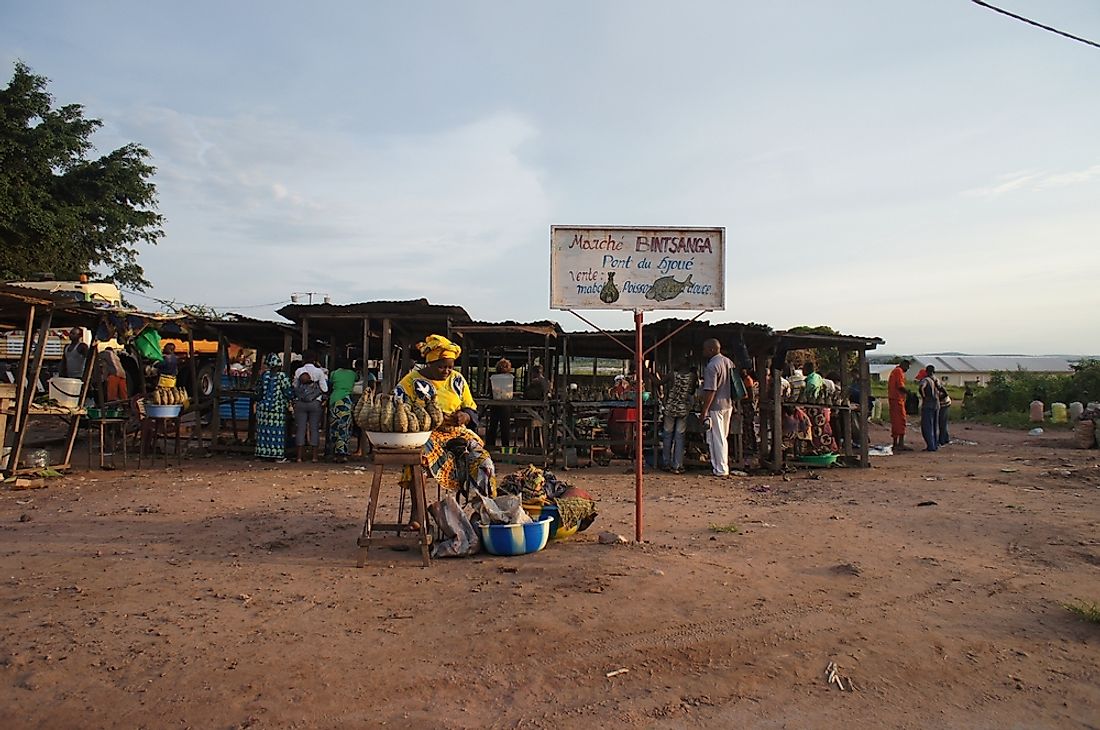Largest Ethnic Groups In The Republic Of The Congo (Brazzaville)

The Republic of the Congo is a Francophone (French-speaking) country found in Central Africa. The country has an estimated population of 4.6 million people and is sparsely populated where a large number of the population is concentrated in the southern part of the country. Throughout recent decades the country has experienced civil wars and militia conflicts. Almost half of the country lives in poverty, according to the World Bank, although it is one of the leading producers of oil in Sub-Saharan Africa.
The Republic of the Congo is mainly inhabited by Bantu-speaking ethnic groups who are believed to have settled in the region during the Great Bantu Migration. One of the ethnic groups is Bakongo or the Kongo people. It constitutes the largest portion the population. The other major ethnic groups are the Sangha, Teke, and Mbochi.
Kongo (Bakongo)
The Bakongo make up almost half the population in the Republic of Congo. It is estimated that they are 48% of the population. The Bakongo are said to have settled along the Congo River from as early as 500 BC during the Bantu migration. Their deep cultural roots can be linked to the ancient Kongo kingdom that existed in the 16th Century. Bakongo speaks various dialects of Kikongo a language that is widely used in the south of Congo. Proverbs, fables, riddles and legend form a basic part of the Bakongo culture. The Bakongo were among the earliest African groups to adopt Christianity. However, they did not abandon their traditional religion. Kongo people believe there is a link between the unborn, the living, and the dead.
Sanga
The Sangas are the second largest ethnic group in the Republic of Congo. They take up 20% of the country’s population. They are predominantly Christians. Sanghas or Sangas are a Bantu group, and they speak Sanga. They are found throughout the Republic of Congo as well as in the neighboring Democratic Republic of Congo.
Teke
The Teke constitute 17% of the population and are the third largest ethnic group in the Republic of the Congo. They live to the north of Brazzaville in a savanna area. The name ‘Teke’ means ‘to buy.' It shows that their primary occupation was trading. They also take pride in hunting birds and small gazelles in the vast savanna. Another interesting aspect of the Bateke is their involvement in creative arts. Their masks and statues make beautiful pieces of art. The Bateke speak Kiteke, a Bantu language which is spoken in the Congo-Niger area.
M'Bochi
The M’bochi people form 12% of the nation’s population. They live in the Northern region of the Republic of Congo. They are known for their expertise in boat building, fishing, and hunting. For a long time, the people have lived in isolation in the dense forest found in the north of Congo. However, due to the poor state and underdevelopment in the region, most Mochi people have moved into the more developed urban centers such as Brazzaville. The M’bochi people speak M’bochi language. The current president of the Republic of Congo belongs to the Mbochi ethnic group.
Largest Ethnic Groups In The Republic Of The Congo (Brazzaville)
| Rank | Ethnic Group | Share of the Population of the Republic of the Congo (Brazzaville) |
|---|---|---|
| 1 | Kongo | 48% |
| 2 | Sangha | 20% |
| 3 | Teke | 17% |
| 4 | M'Bochi | 12% |
| Other Groups | 3% |







